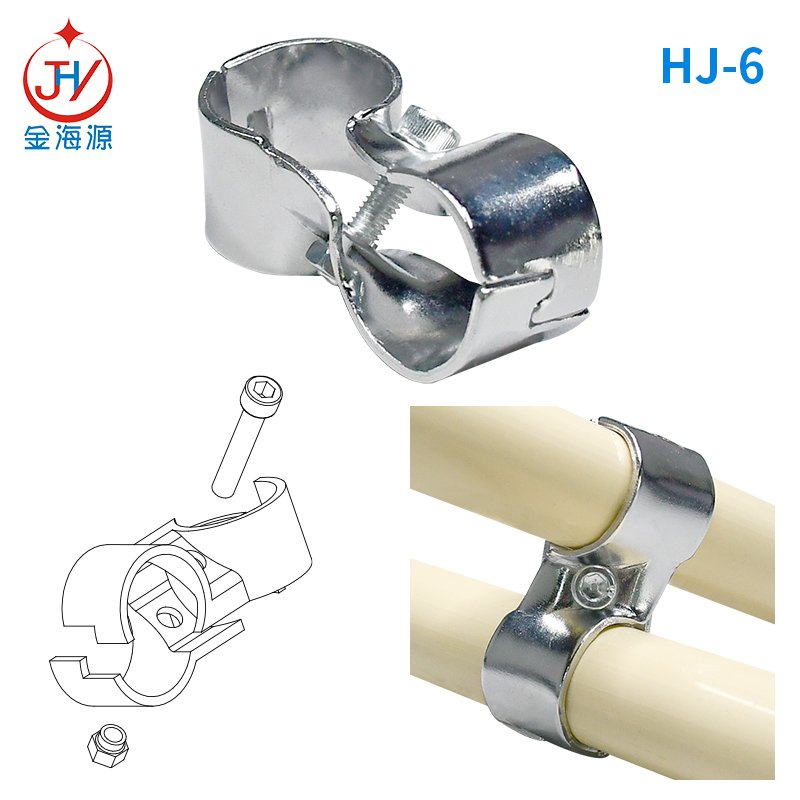There are many types of lean pipe joints, including the following:
End through joint: This joint is used to straight connect the lean pipe to ensure the straight extension of the pipe.
Direct joint: for straight connection of two lean pipes and maintain straight extension of pipe.
Three-way joint: for connecting three lean tubes together to form a t-shaped structure.
Elbow: used to change the extension direction of the lean tube to achieve bending connection. Connector with live nuts: with moving nut for easy adjustment and attachment.
Articulated joint: The joint is allowed to rotate within a range where flexible connection is required. Plug: used to seal the end of the lean tube to prevent material leakage. Transition joint: for connecting lean tubes of different diameters for smooth transition.

These joints are not only diverse, but also have the following characteristics: beautiful appearance: the products composed of lean pipe joints have beautiful appearance, wear-resistant, rust-resistant and pollution-free. Flexible structure: arbitrary assembly of building blocks, flexible structure, in line with human mechanics, easy to install. Environmental protection: meet the requirements of environmental protection, no pollution, high reuse value. These characteristics make lean pipe joint widely used in material processing, workbench, storage shelves, production line and other field

